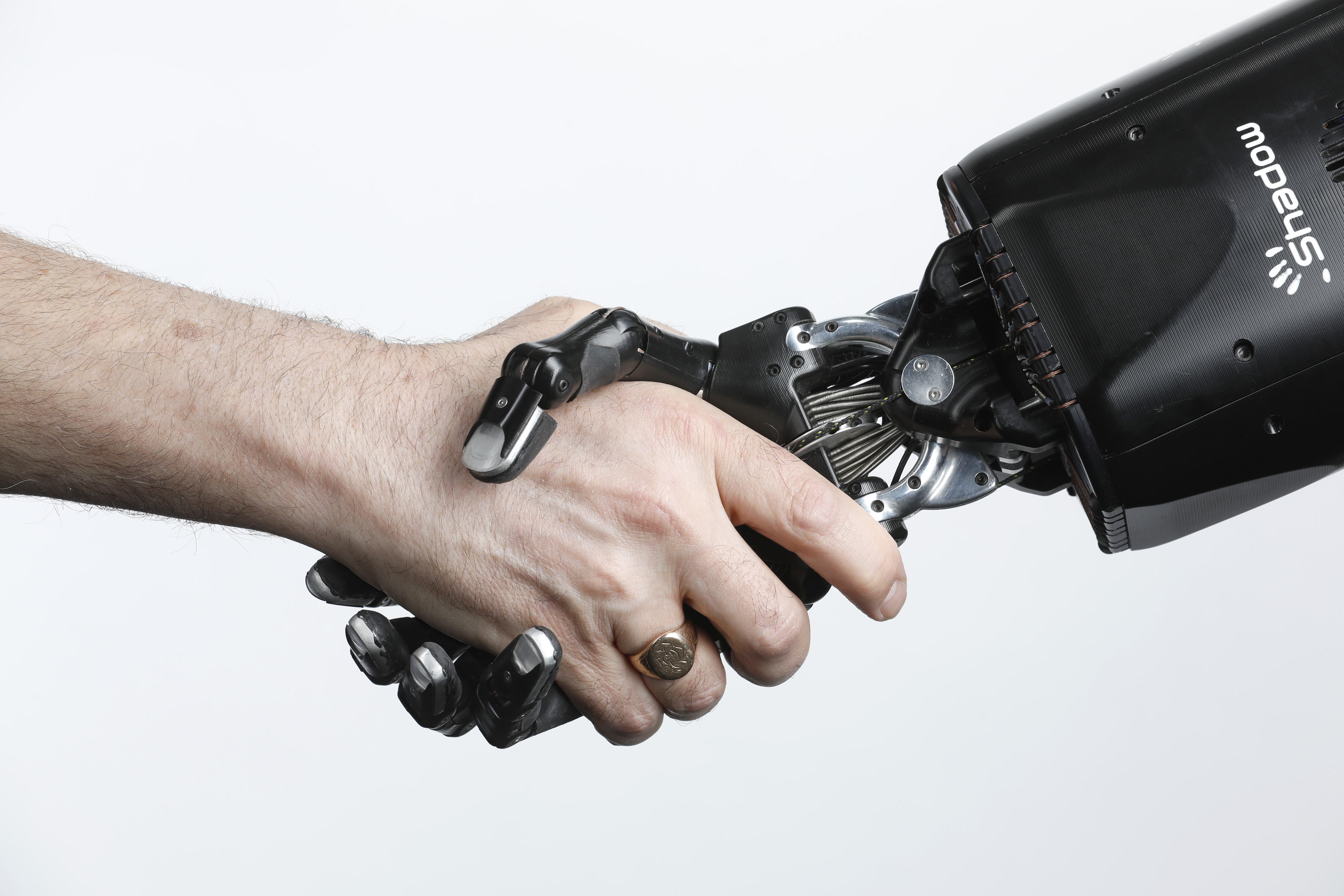Law firms looking at artificial intelligence and other technology solutions can expect to make a big investment in the humans to implement it.
copyright by biglawbusiness.com
 Driven by “NextGen” legal technologies–which include artificial Intelligence, machine learning, and cognitive computing–new roles are emerging within law firms, said David Cowen, president of the Cowen Group, which specializes in filling legal technology and executive positions in law firms. The new roles include chief innovation officer, legal solutions architect, and chief data scientist, Cowen told Bloomberg Law.
Driven by “NextGen” legal technologies–which include artificial Intelligence, machine learning, and cognitive computing–new roles are emerging within law firms, said David Cowen, president of the Cowen Group, which specializes in filling legal technology and executive positions in law firms. The new roles include chief innovation officer, legal solutions architect, and chief data scientist, Cowen told Bloomberg Law.
“The technology looks incredible but it’s not just a push button thing to implement and deploy. It requires some expertise to get the tools to do what you want to achieve,” said Ruth Hauswirth, special counsel and director of litigation e-discovery services for Cooley. Hauswirth is leading a dedicated department of specialists focused on issues that data present in litigation.
These NextGen technologies are used to build tools to aid lawyers in e-discovery, document review, legal research, and beyond. For example, Ross Intelligence is a legal research tool that can answer questions in natural language entered by lawyers. LawGeex , a contract review platform, says it can spot risks more accurately and efficiently than human lawyers.
Human Expertise Necessary in Process Design and Use
Some see the emerging technology as a threat and are concerned that robots will replace lawyers. But Stephen Poor, chair emeritus of Seyfarth Shaw LLP, dismissed that notion.
“It’s important to think about automation not as replacing jobs, but replacing tasks; not replacing humans, but augmenting humans,” he told Bloomberg Law. Poor serves as an executive sponsor of strategic initiatives focused on innovation at his firm.
It takes deep and clear understanding of the process, and the role of technology and humans, to make the most out of the technology, Poor said. It also takes a willingness to redesign the process, because “if you have a bad process and use an A.I. that does the same thing, you’re just making it faster, not more efficient,” he said.
After the process is designed, human input is also necessary to use the tools properly, although how much depends on the system, Hauswirth said. In e-discovery technologies, which help identify documents relevant to a case from a huge amount of documents, lawyers are needed to provide information about what they’re looking for. Some systems can be “trained” by human lawyers. For example, they learn what’s relevant from a lawyer’s review of some documents and predict how the lawyers may decide for the rest of the body of documents. […]
Thank you for reading this post, don't forget to subscribe to our AI NAVIGATOR!
read more – copyright by biglawbusiness.com


Law firms looking at artificial intelligence and other technology solutions can expect to make a big investment in the humans to implement it.
copyright by biglawbusiness.com
“The technology looks incredible but it’s not just a push button thing to implement and deploy. It requires some expertise to get the tools to do what you want to achieve,” said Ruth Hauswirth, special counsel and director of litigation e-discovery services for Cooley. Hauswirth is leading a dedicated department of specialists focused on issues that data present in litigation.
These NextGen technologies are used to build tools to aid lawyers in e-discovery, document review, legal research, and beyond. For example, Ross Intelligence is a legal research tool that can answer questions in natural language entered by lawyers. LawGeex , a contract review platform, says it can spot risks more accurately and efficiently than human lawyers.
Human Expertise Necessary in Process Design and Use
Some see the emerging technology as a threat and are concerned that robots will replace lawyers. But Stephen Poor, chair emeritus of Seyfarth Shaw LLP, dismissed that notion.
“It’s important to think about automation not as replacing jobs, but replacing tasks; not replacing humans, but augmenting humans,” he told Bloomberg Law. Poor serves as an executive sponsor of strategic initiatives focused on innovation at his firm.
It takes deep and clear understanding of the process, and the role of technology and humans, to make the most out of the technology, Poor said. It also takes a willingness to redesign the process, because “if you have a bad process and use an A.I. that does the same thing, you’re just making it faster, not more efficient,” he said.
After the process is designed, human input is also necessary to use the tools properly, although how much depends on the system, Hauswirth said. In e-discovery technologies, which help identify documents relevant to a case from a huge amount of documents, lawyers are needed to provide information about what they’re looking for. Some systems can be “trained” by human lawyers. For example, they learn what’s relevant from a lawyer’s review of some documents and predict how the lawyers may decide for the rest of the body of documents. […]
Thank you for reading this post, don't forget to subscribe to our AI NAVIGATOR!
read more – copyright by biglawbusiness.com
Share this: